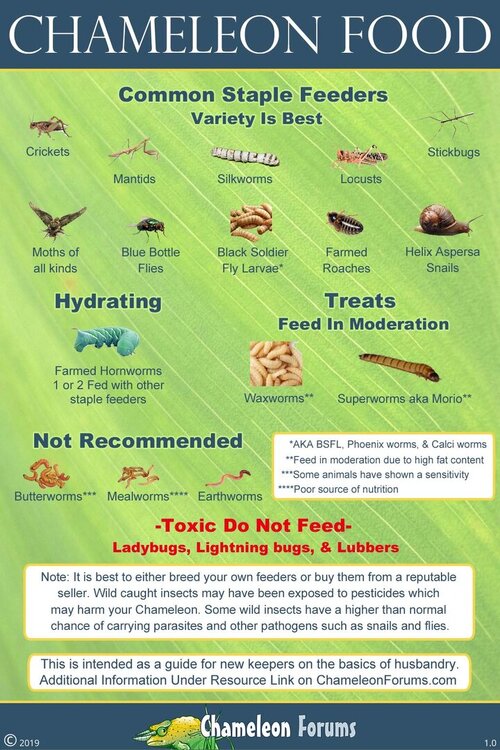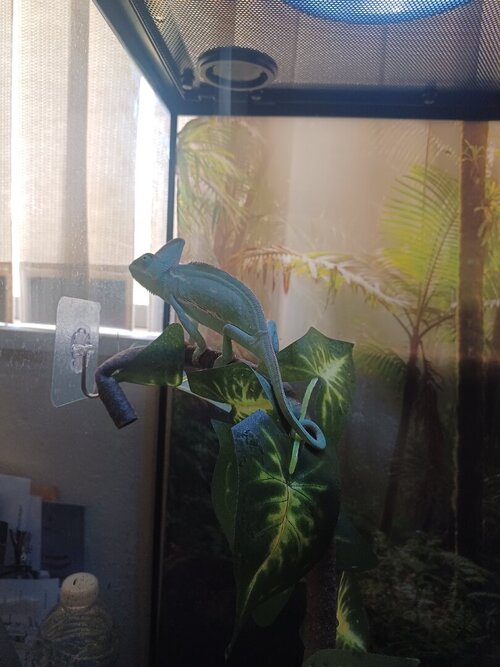GinjaNinja
New Member
I have been doing a lot of reading in the forums and as of now, my Lil girl eats very well. But I would like to give her something other than crickets. She is not super big but not small she is about a month old maybe a lil more what worm would be best to give her? I was wondering if Silk would be.








